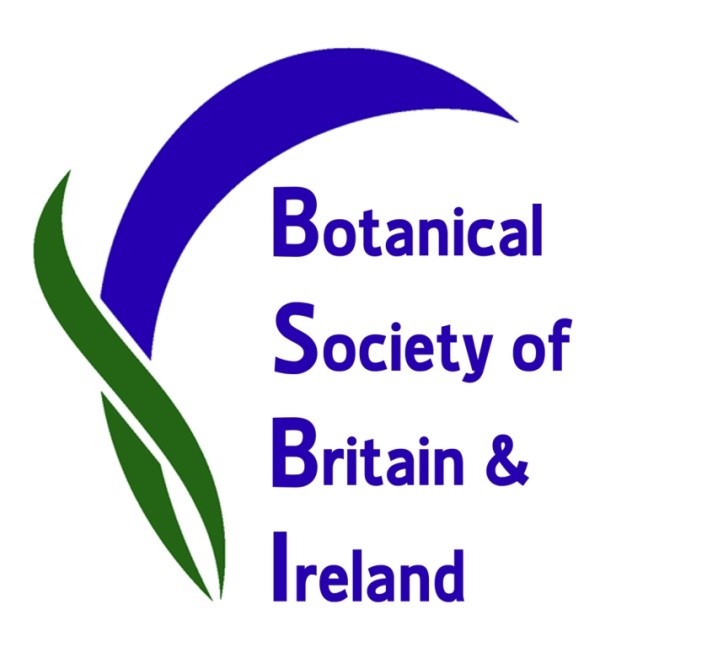Dumfriesshire Botany Group at Tarras Nature Reserve, Sunday 24 April 2022
The first field meeting of 2022 took place on the southern end of the new Community owned Tarras Valley Nature Reserve. Unlike last years visit to the open moorland north of Middlemoss farm this visit was to an area where there is more woodland, both native and planted. The visit was intended to contribute to a Bioblitz that was being run by the Reserve team on the previous day.
A good part of the reserve falls within the Langholm – Newcastleton Hills SSSI which is also an SPA for bird interests. The reserve has blanket bog on the tops of the hills, heather and bracken on slopes, acid grassland on the more level lower areas and flushes and burns with some native woodland development.
Eight of us met opposite Hindshole cottage beside the Tarras Water.
The first thing we did was walk just up the road a little to examine the population of Rough Horsetail, Equisetum hymenale (pictured) growing under the crash barriers on the steep road above the Hindshole cottage. This had been found in 2013. This is one of only 4 known populations in Dumfriesshire. It copes with occasional cutting by the Council to keep the crash barrier clear and extends a little way into the woodland.
The riverside flora had an nice mix of species especially those growing on the sandy rocks under native trees along the Tarras Water. Not all were in flower yet. The emerging leaves of Pyrenean Valerian Valeriana pyrenaica a quite widely naturalised neophyte (a non native species arriving after 1500) took a while to id. Among the things typical of the habitat we saw Moschatel, Adoxa moschatellina, Ramsons, Allium ursinum, Wood Anemone, Anemone nemorale, Large Bitter-cress, Cardamine amara, Marsh Hawksbeard, Crepis paludosa, Wood Stitchwort, Stellaria nemorum and Meadow saxifrage, Saxifraga granulata. The Saxifrage was not quite in flower but its distinctive leaves were quite frequent in patches along the flood zone.
The area along the Tarras is varied with areas of birch, alder and willow over wet woodland. A little way along the track running north is an open area where a Marl Well comes down carrying calcium creating some areas of tufa and a flushed area with an extensive growth of Giant Horsetail. This was only just producing new shoots through last years dead stems. This species is confined to this south east corner of Dumfriesshire.
Lunch was taken under the dappled shade of trees by the Tarras Water before we moved up the slope through the birch woodland where the ground became more acidic and we eventually emerged onto the Tarrasfoot Hill. On the wooded slopes we found Wild Hyacinth Hyacinthoides non-scripta and Cow-wheat, Melampyrum pratense.
The hill top is open moorland and blanket bog. It has been fenced to keep deer out and consequently is slowly developing a sparce growth of scrubby trees. The fence frustrated our desire to explore the moorland more thoroughly until we eventually found a stile to cross. We then were able to find some of the more hoped for bog species like Cowberry, Vaccinium vitis-idea, Cranberry Vaccinium oxycoccus and Bog Rosemary, Andromeda polifolia, though the latter was in small quantity in the area we searched.
Chris Miles
BSBI county recorder for Dumfriesshire VC73 – see bsbi.org/dumfriesshire

